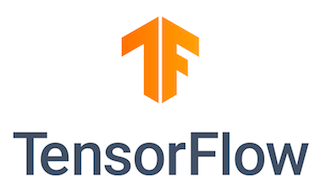
In this tutorial, we will show you how to install TensorFlow on CentOS 8. For those of you who didn’t know, TensorFlow is an end-to-end open-source machine learning platform used for machine learning and deep learning applications. It is developed by Google to do search ranking in its machine learning system. It is used by a number of organizations including Twitter, PayPal, Intel, Lenovo, and Airbus. TensorFlow can be installed system-wide, in a Python virtual environment, or as a Docker container using pip.
This article assumes you have at least basic knowledge of Linux, know how to use the shell, and most importantly, you host your site on your own VPS. The installation is quite simple and assumes you are running in the root account, if not you may need to add ‘sudo‘ to the commands to get root privileges. I will show you the step-by-step installation of TensorFlow on a CentOS 8 server.
Prerequisites
- A server running one of the following operating systems: CentOS 8.
- It’s recommended that you use a fresh OS install to prevent any potential issues.
- SSH access to the server (or just open Terminal if you’re on a desktop).
- A
non-root sudo useror access to theroot user. We recommend acting as anon-root sudo user, however, as you can harm your system if you’re not careful when acting as the root.
Install TensorFlow on CentOS 8
Step 1. First, let’s start by ensuring your system is up-to-date.
sudo dnf update
Step 2. Installing Python.
Install Python 3 on CentOS 8 run the following command:
sudo dnf install python3
Next, create a new directory for the TensorFlow project and cd into it:
mkdir tensorflow_idroot_project cd tensorflow_idroot_project
Then, we run the following command to create the virtual environment:
python3 -m venv venv
To start using the virtual environment, activate it by typing:
source venv/bin/activate
Step 3. Installing TensorFlow on CentOS 8.
TensorFlow installation requires pip version 19 or higher. Run the following command to upgrade pip to the latest version:
pip install --upgrade pip
Install the TensorFlow package using the following command:
pip install --upgrade tensorflow
To verify the installation, run the following command, which will print the TensorFlow version:
python -c 'import tensorflow as tf; print(tf.__version__)'
Congratulations! You have successfully installed TensorFlow. Thanks for using this tutorial for installing TensorFlow in CentOS 8 system. For additional help or useful information, we recommend you check the official TensorFlow website.